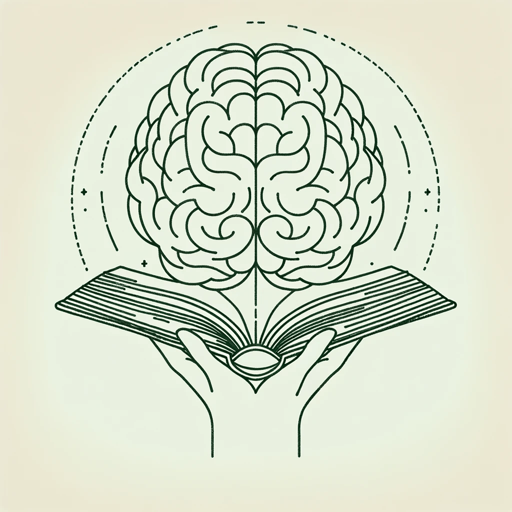60 pages • 2 hours read
C. G. JungMan and His Symbols
Nonfiction | Book | Adult | Published in 1964A modern alternative to SparkNotes and CliffsNotes, SuperSummary offers high-quality Study Guides with detailed chapter summaries and analysis of major themes, characters, and more.
Summary and Study Guide
Overview
Man and His Symbols, published in 1964, is a compilation of essays on archetypes and dream analysis. It was written by Carl G. Jung and co-written by Joseph L. Henderson, Marie-Louise von Franz, Aniela Jaffé, and Jolande Jacobi. Each writer provides a unique perspective on understanding the unconscious mind.
Jung was a psychologist and psychiatrist who worked with hundreds of patients, travelled the world, interacted with various cultures, and studied a wide array of fields. Each of the co-authors worked with Jung either as a psychologist or a writing assistant, and each played a unique role in helping Jung develop his theories. Man and His Symbols was Jung’s final published work.
Summary
Part 1, Approaching the Unconscious, is written by Jung. It serves as an introduction and summary of the major points of his theoretical framework. Jung begins by explaining the importance of dreams, asserting that humanity’s modern disconnect from their dreams and thus their unconscious is a problem worthy of acknowledgement. He insists that a disconnect from the unconscious and from nature is also a disconnect from one’s own soul. Jung believes that dreams serve a fundamental purpose to communicate the repressed and ignored aspects of the unconscious and to direct the individual towards a fulfilling and healthy life. He notes the way the unconscious has been a tool for human beings throughout history and how the images communicated in dreams are consistent across time and space. Jung explains dream analysis, stating that it must be done from the perspective of the individual and their life context, while utilizing knowledge of archetypes. He states that symbols impact the way people think and behave. Jung also explains the duality within humans and how the splitting of the conscious and unconscious mind can be healed through dream analysis and the process of individuation.
In Part 2, Ancient Myths and Modern Man, Henderson describes the major archetypes as they manifest in myths, stories, and dreams. He asserts that there are specific motifs which have followed humans throughout history. These may manifest in different forms, but they ultimately represent the same ideas and stages in a person’s development. He explains how different myths are shaped by the unconscious and in turn shape human life and culture.
In Part 3, The Process of Individuation, von Franz expands on the idea of personal development by explaining the process of individuation. This process is guided by the unconscious and can only develop when a person is receptive to the messages that the unconscious sends. These messages are usually provided through dreams, but also appear in stories, art, and politics. Von Franz also describes the shadow which represents the dark and unseemly aspects of the human psyche. She explains the nature and purpose of the animus and anima, the masculine counterpart in a woman and the masculine counterpart in a man. The shadow and the anima/animus act as catalysts for change and growth and appear through archetypes in dreams.
In Part 4, Symbolism in the Visual Arts, Jaffé explores archetypes in visual art. She describes three major archetypes which have persisted throughout history into modern times: the stone, the animal, and the circle. Stones have been used to sculpt, to build, and to create ritualistic spaces since the dawn of civilization. Animals appear in ancient cave drawings and are often metaphorical rather than literal. The circle is seen in ancient symbols such as the mandala as well as modern geometric art.
In the final section, Part 5, Symbols in an Individual Analysis, Jacobi goes into great depth regarding a specific patient who over the course of nine months advanced through the first half of the individuation process. This was possible through the analysis he underwent with Jacobi, in which the two of them analyzed his dreams together. This detailed account provides a relatable and practical way of understanding Jung’s theoretical concepts.


